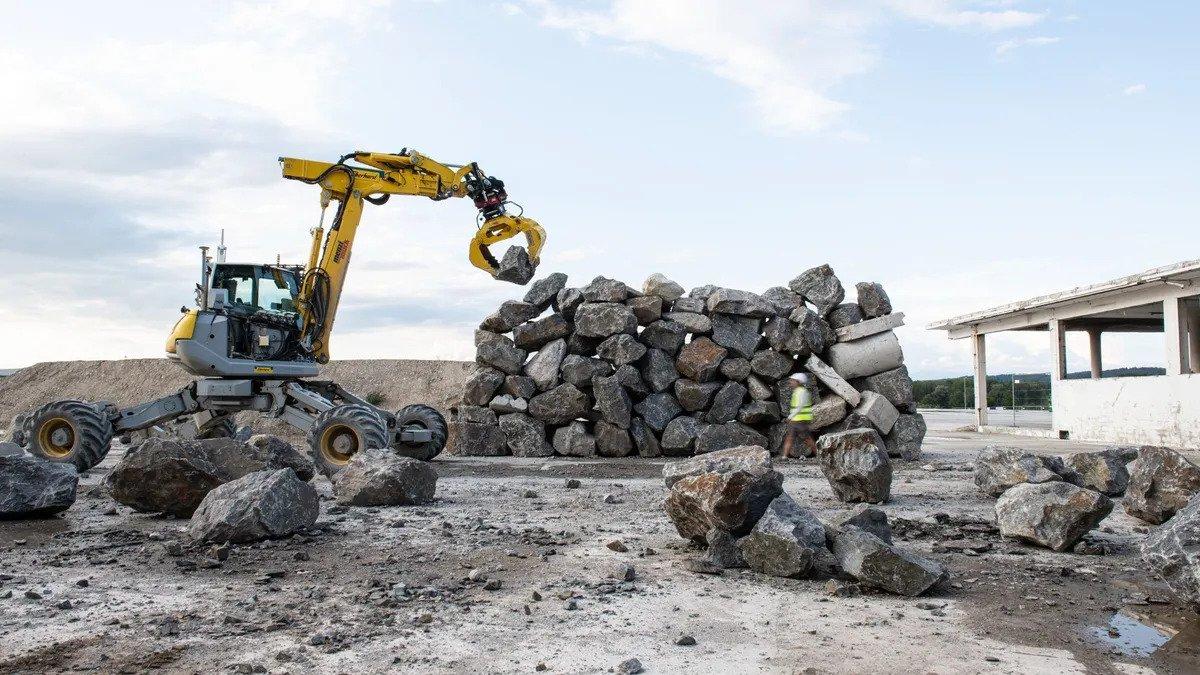Researchers have developed a groundbreaking autonomous robot, named HEAP (hydraulic excavator for an autonomous purpose), weighing 12 tons, capable of constructing stone walls from natural and recycled materials. This innovation has significant implications for the construction industry, offering solutions to challenges such as low productivity, high waste, and labor shortages while promoting environmental sustainability.
HEAP employs advanced technologies including LiDAR mapping, image segmentation, and planning algorithms. It autonomously scans, sorts, and stacks boulders and concrete blocks efficiently and in an environmentally friendly manner. Tested at two sites, the robot successfully built a 32-foot-long freestanding wall and a 213-foot-long retaining wall using materials available on-site. Additionally, HEAP created 3D digital inventories of its materials, facilitating easy reuse and recycling if the walls were no longer needed.
The research team, led by Ryan Luke Johns, highlights the potential of their robot in addressing the construction industry’s challenges, which contributes over 10 percent to the world’s GDP but struggles with inefficiencies. By utilizing robots for construction with local, low-energy, natural, and recycled materials, the industry can enhance efficiency, reduce waste, and improve sustainability.
“Beyond improvements to economic and production efficiency in building, robots also provide an opportunity to reduce the industry’s environmental footprint by enabling the direct use of local, low-energy, natural, and recycled materials as alternatives to concrete,” the researchers write in their paper.
In their paper, the researchers emphasize the environmental benefits of robotic construction. Beyond economic and production efficiency improvements, robots enable the direct use of local, low-energy, natural, and recycled materials as alternatives to traditional concrete. The team claims that their robot can reduce carbon dioxide emissions by up to 41 percent compared to conventional reinforced concrete walls.
The development of HEAP is considered a proof-of-concept for the future of robotic construction, where machines work autonomously and collaboratively to create adaptable, resilient, and circular structures. This innovation signals a potential shift towards a more sustainable and efficient construction industry, addressing both economic and environmental concerns.

